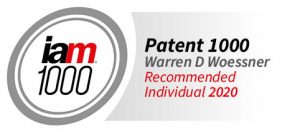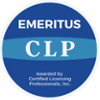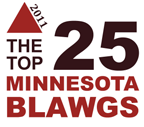In his remarks presented at the recent 10th Annual Patent Law & Policy Conference at Georgetown University Law School, USPTO Director Andrei Iancu outlined the analytical framework for the new, eagerly awaited, PTO Guidance on patent eligible subject matter. Although his remarks touched on the judicial exception for claims directed to “pure discover[ies] of nature, like gravity or electromagnetism, and mentioned technologies such as computer viral screening and methods of medical treatment, the focus of his remarks was on the patent eligibility of “prohibited abstract ideas.”
He defined abstract ideas as falling into one of three categories: 1) mathematical concepts, 2) certain methods of organizing human interactions… [such as] advertising, marketing and sales activities [e.g., Bilski or Alice] and 3) mental processes, “which are concepts performed in the human mind, such as forming an observation, evaluation, judgment or opinion.” Director Iancu then focused on the overriding importance of determining whether or not a claim is simply directed to a judicial exception or is “a practical application of otherwise excluded subject matter….for example, we should be able to differentiate between [a claim drawn to] electromagnetism itself, on one hand, [and claims to] toys that communicate with each other using electromagnetic signals, on the other.” Not surprisingly, he cited Diehr approvingly.
His proposed analytical framework for examiners attempting to resolve the s. 101 question is first, to “look to see if the claims fall within the four statutory categories: process, machine, or composition of matter (This is not new, we always do this). If so, examiners then determine if the claims recite subject matter within one of the judicial exceptions, categorized as I just described (This is the new approach.)” If they do not the Examiner moves on to ss. 102, 103 and 112. If they do, the examiners “would assess whether the claims integrate the exception into a practical application of the otherwise excluded material. If so, the claim passes the 101 test and eligibility analysis is concluded.”
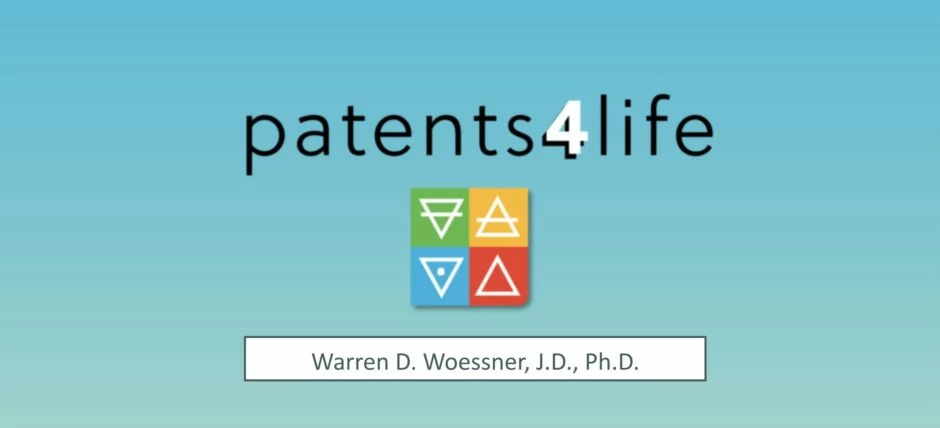
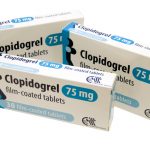
 Guest Post from
Guest Post from 

